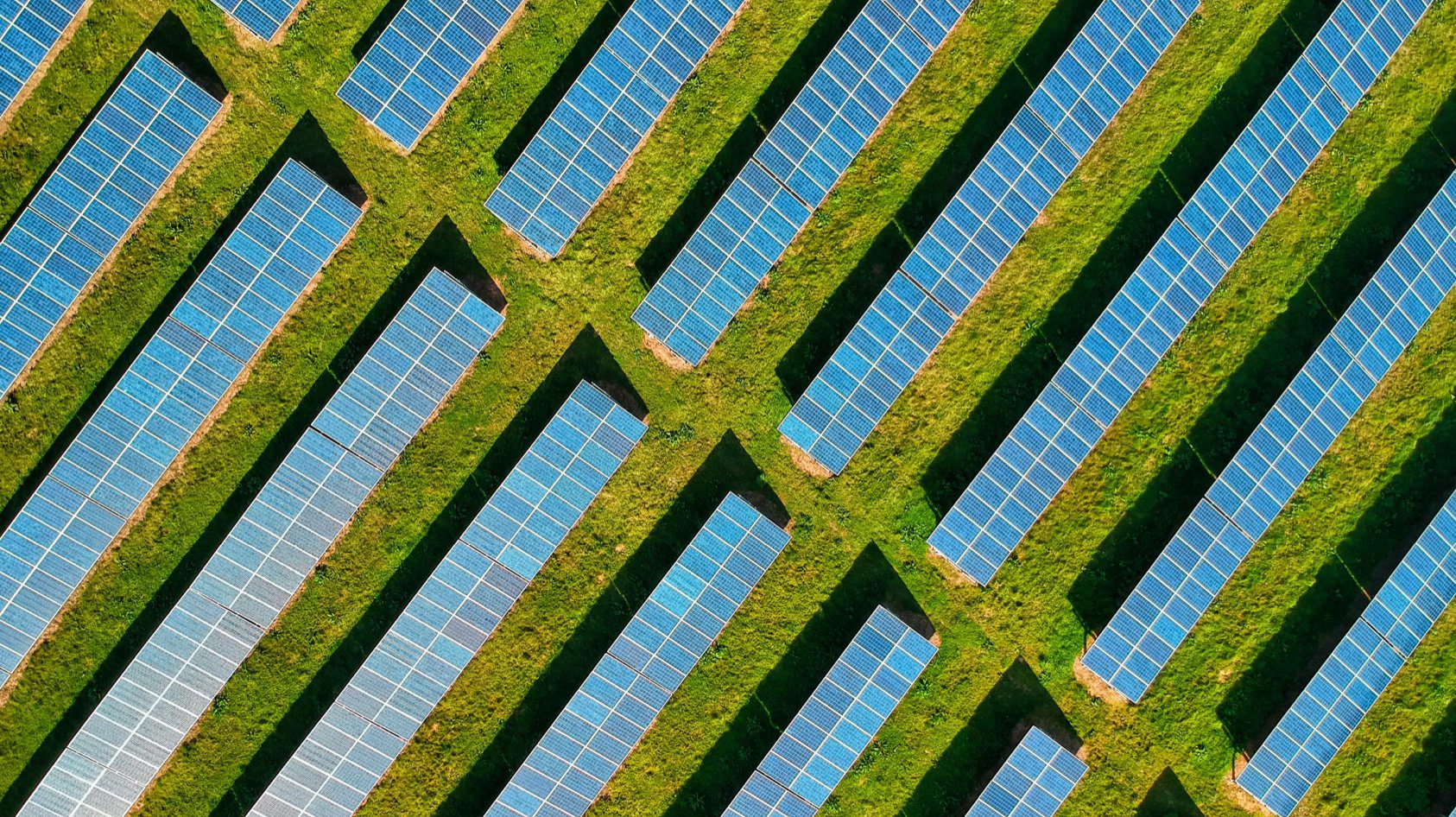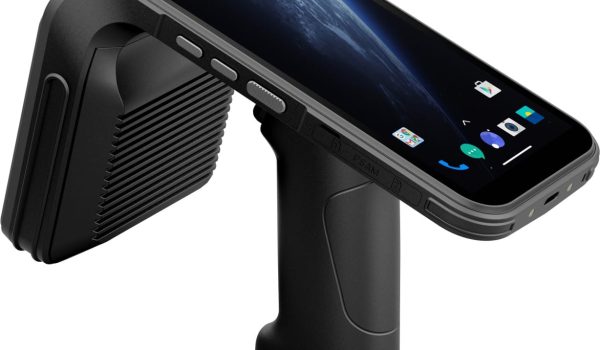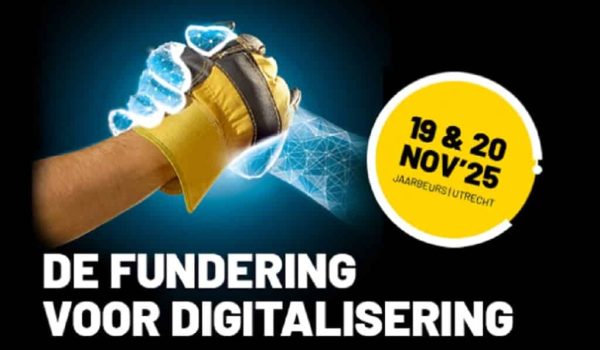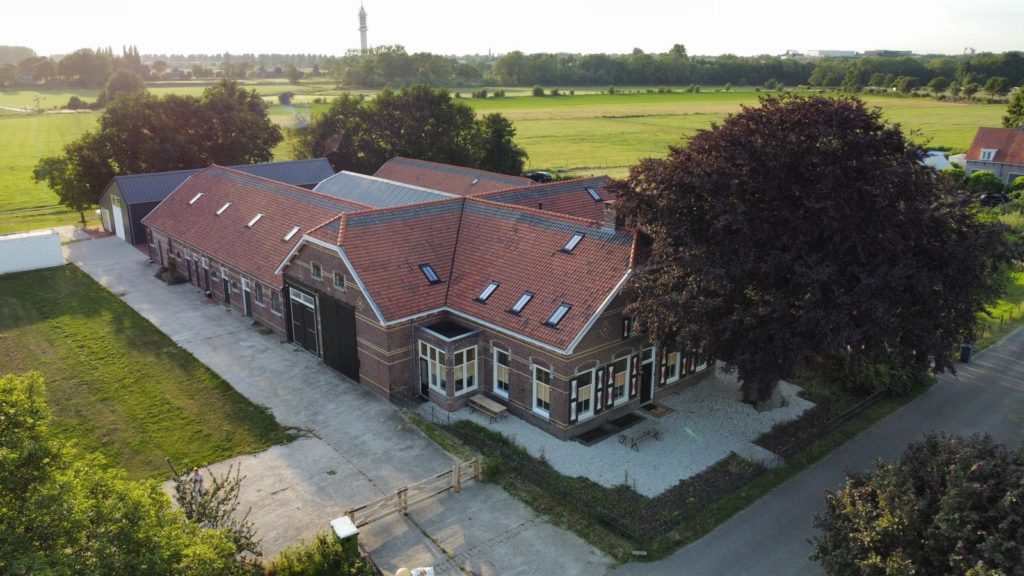Inscio Roofs sensors play an important role in achieving, controlling and measuring sustainability interventions. But more and more, we are being asked what the CO2 impact of those sensors is.
We can divide that impact into two parts: in tax and savings: The production and transport of our sensors have a CO2 impact. In the table below, we quantify it for each sensor based on key figures from public sources.
| Kg CO2 | Per unit | |
| LI battery (8500 mah at 3.5 volts) | 3,00 | 100 kilograms per KwH |
| PCB (3.5 X 6.5 cm) | 0,02 | 7.1 kilograms per m2 |
| Housing plastic (150 grams) | 0,35 | 2,341 kilograms per ton |
| Cable and antenna (80 grams) | 0,19 | 2,341 kilograms per ton |
| Transportation (Sea freight 300 grams) | 0,05 | 151 kilograms per tonne |
| Sand cement mix for sensor | 1,04 | 866 kilograms per ton |
| Cardboard box (20 grams) | 0,02 | 940 kilograms per ton |
| Total CO2 Impact Sensor | 4,67 |
The savings that result from applying our sensors are harder to quantify in pounds of savings but are much greater than the load:
- With real-time insight, fewer (or no) inspections and therefore traffic movements are required;
- Through insight, maintenance happens just-in-time. This avoids risks, prevents damage, repairs are not needed, materials do not need to be deployed, people do not need to travel to site, and all associated indirect impacts (hidden costs) are avoided;
- In addition to insight into moisture, we also provide insight into temperature throughout the building. This insight enables more effective heating, earlier detection of insulation problems and effective intervention. And ultimately, this leads to optimal comfort for the occupants/users of real estate.
Want more information or to talk about this? Please contact us





